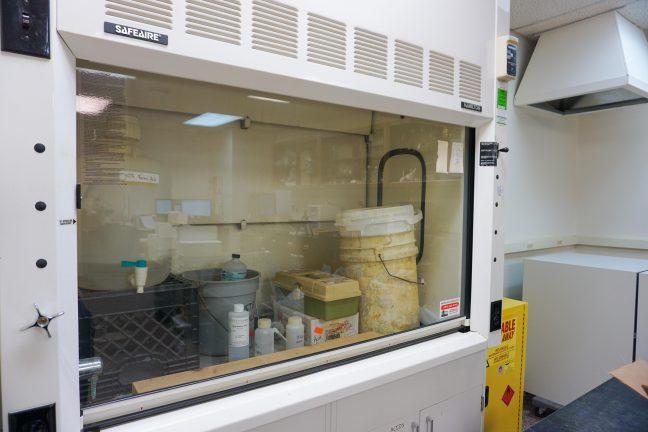Three years ago, the Columbine school shooting shocked the public. This summer, the report that 13-year-old Alex King had confessed to killing his father with a baseball bat shocked the public. Last week’s rape and beating of a 16-year-old Madison West High School student shocked the public.
How many acts of horrific violence must be committed by children before America lifts the veil of innocence off its eyes? Decades ago, Dennis the Menace was the worst nightmare parents could imagine. Nowadays, a little brat with a slingshot is a saint next to some of the kids prowling the halls of America’s schools.
Any violent crime which a child under the age of 18 commits–either alone, with other children or with adults–is generalized by the government as “youth-related violence.”
On average, 12 children die every day from “youth-related violence.”
The FBI recently released a disturbing report stating that approximately 25 percent of adolescents are at high risk for psychosocial problems and poor developmental outcomes. This may include academic failure, drug abuse or problems with the law and violence. The report also stated that around 20 percent of adolescents have diagnosable mental disorders.
Meanwhile, the National Center for Health Statistics lists homicide as the second-leading cause of death for people between the ages of 15 and 24.
It is sobering to consider these statistics while noting that all school-aged children are restricted to the same building together for seven hours a day, five days a week. Obviously, the potential for violence is huge.
In 1996, the Office of Juvenile Justice and Delinquency Prevention reported 12- to 18-year-old children had been victims of an estimated 255,000 non-fatal, serious violent crimes at school that year. Serious violent crimes include rape, robbery and aggravated assault.
The misconception that only adults prey on children must be rectified. Children are increasingly violent toward each other.
In 1997, the National Crime Victimization Survey, a well-respected benchmark of crime trends, published survey results proving that children often attack each other. The NCVS survey indicated 14 percent of all sexual assaults on children were committed by other children. Likewise, 27 percent of aggravated assaults on kids were perpetrated at the hands of their peers.
It is true that juvenile crime rates have been falling since 1994. That is an encouraging trend, but the number of serious violent incidents in school is still alarmingly high.
After last week’s violent assault of the West High School student, parents demanded to know what the school was going to do about safety. The school responded that administrators would re-evaluate the school’s security policies.
One step the Madison School System has implemented is that Ted Balistreri, the district security coordinator, will now be reviewing the records of all children who commit serious crimes before they are allowed back in school. This move is in response to reports that the alleged West High rapist was an offender recently released back into school after committing property crimes and auto theft.
But having one administrator look over crime records and make a judgment call is simply not enough. As H.L. Mencken said, “for every problem there is a solution which is simple, neat and wrong.”
If a child has committed crimes in the past, he or she is more likely to continue on a path of violence than a crime-free child. The FBI acknowledges this in its report, calling the series of crimes leading up to violence “signposts.”
School districts have the right to require children with criminal records to submit to daily weapons searches. The school is also entitled to require previous offenders to be escorted to and from class. These measures should always be taken to help ensure the safety of other children in the school.
It’s time to stop being so naive about the growing threat children pose to one another. A child with a criminal record is a criminal. The right to roam the halls and stairwells freely is something they have not earned. School districts shouldn’t be shocked by juvenile violence–they should expect it and take every possible and conceivable measure to prevent it.
Kate MacDonald ([email protected]) is a journalism, film and economics student at UW-Milwaukee. She is a former ArtsEtc. editor of The Badger Herald.







